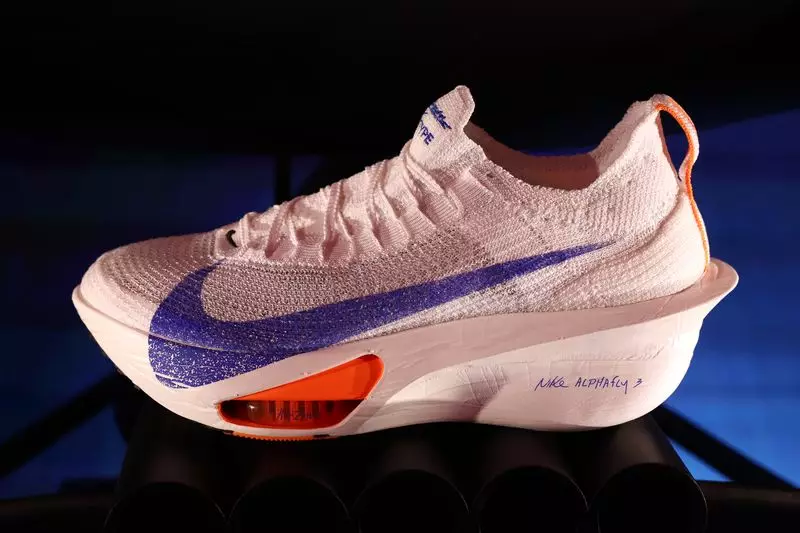In an environment teeming with fierce rivalry and rapidly evolving consumer preferences, Nike Inc. finds itself at a critical juncture. The iconic Beaverton-based sportswear brand recently released its quarterly earnings, revealing a mixed bag of results that spotlight both improvements and ongoing challenges. While the company’s earnings exceeded some expectations, the outlook for the next quarter has raised eyebrows, prompting renewed scrutiny of Nike’s strategies and market positioning.
Nike’s latest earnings call provided a compelling yet concerning depiction of its financial health. The company reported earnings per share (EPS) of 78 cents, which comfortably beat analyst predictions of 63 cents. However, this noteworthy achievement was overshadowed by the company’s projected revenue decline of low double-digits for the upcoming quarter. Analysts had estimated a mere 7.65% decline, making Nike’s outlook all the more troubling. Although the reported revenues for the second quarter stood at $12.35 billion—showcasing a decline of 7.7%—this was an improvement compared to the expected fall of 9.41%. Nevertheless, shares reflected investor apprehension, initially soaring 11% post-announcement before facing a downturn in after-hours trading.
The appointment of Elliott Hill as Nike’s CEO has brought fresh perspectives yet has not come without its challenges. Hill acknowledged that Nike had strayed from its core strengths, remarking, “We’ve lost our obsession with sport.” This candid assessment indicates a strategic pivot aimed at re-establishing Nike’s leadership in the athletic apparel market. Hill’s commitment to revitalize Nike’s brand identity hangs on the promise of focusing on high-quality products and eliminating excessive promotions that dilute the brand’s prestige. His remarks about the short-term pain necessary for long-term gain resonate with many companies navigating competitive landscapes, but they also signify that investors may need to brace themselves for challenges ahead.
Critically, Hill emphasized the need to mitigate over-promotion and markdowns, which he believes undermine both Nike’s brand equity and the profitability of retail partners. The impact of excessive discounts can ripple throughout the marketplace, affecting consumer perception and engagement. Reports indicate that Nike’s relationships with key retail partners, such as Foot Locker, are vital to its turnaround strategy. Hill is focused on reinvesting in these partnerships by fostering more robust supply chain collaboration and innovative marketing strategies that align with changing consumer behaviors.
In an era where competitors continually unveil advancements in comfort and design, Nike’s commitment to innovation remains paramount. New product launches, like the Air Max 95 and the upcoming iterations of the Pegasus, Structure, and Vomero running shoe lines, are focal points in Hill’s strategy to win back consumer favor. These efforts reflect a keen understanding of the market’s demand for tailored, performance-driven products. The plan to target a broad range of price points indicates a dual strategy to attract both premium buyers and price-sensitive consumers.
Despite optimistic initiatives and a clear road map, Nike faces numerous challenges as it attempts to reclaim market dominance. The sporting goods industry is witnessing a surge in competition, with rivals like Adidas and Under Armour enhancing their offerings and marketing tactics. Furthermore, navigating the complexities of global supply chains, fluctuations in consumer preferences, and the pressing need for sustainable practices will test Nike’s ability to adapt and thrive in this fast-paced environment.
Nike stands at a critical crossroads, armed with a unique heritage and an innovative spirit, but facing significant pressures from competition and changing market dynamics. Elliott Hill’s leadership philosophy lays the groundwork for a turnaround that prioritizes brand integrity, product innovation, and focused partnerships, but the road to recovery may involve short-term sacrifices for long-term gains. As the company embarks on this journey, the industry will be watching to see if Nike can not only reclaim its obsession with sport but re-establish itself as a leader in the global athletic apparel market.

